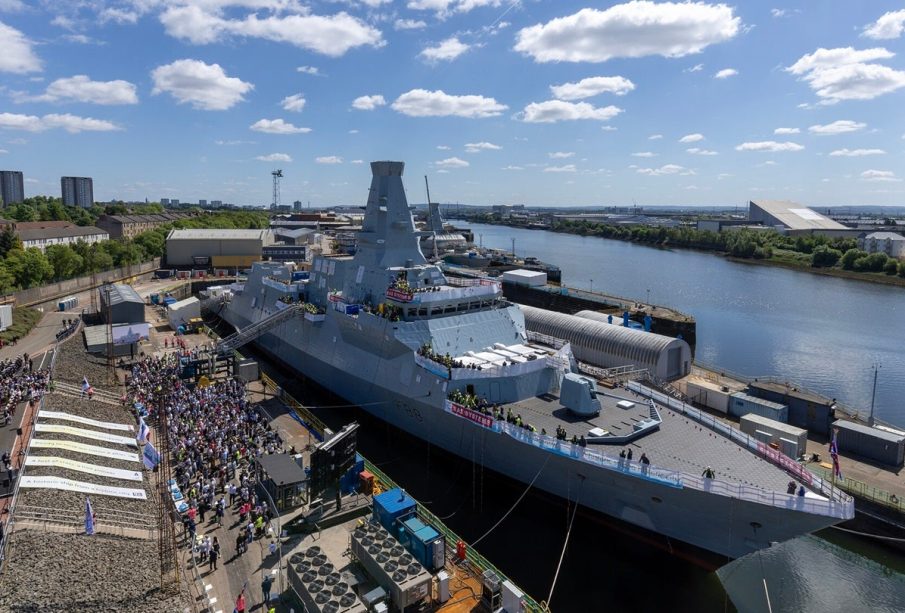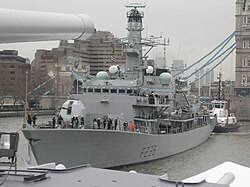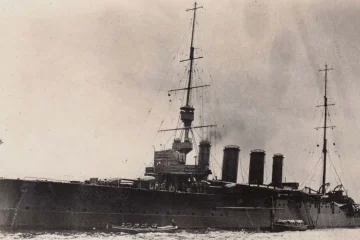HMS Glasgow: A New Era for the Royal Navy

Introduction
The HMS Glasgow represents a significant advancement in naval technology and capabilities for the Royal Navy. As part of the Type 26 Global Combat Ship programme, this state-of-the-art frigate is designed to support a broad range of maritime operations. Its commissioning into service is anticipated to bolster the UK’s defensive positions at sea and strengthen international partnerships.
Key Features and Specifications
HMS Glasgow is one of the newest additions to the Royal Navy, capable of integrating advanced systems and technologies. She is equipped with a range of weaponry, including the Sea Ceptor air defence missile system, which provides enhanced protection against aerial threats. Additionally, her advanced sonar systems and radar capabilities afford unprecedented situational awareness, making her a formidable asset in modern maritime warfare.
Construction and Launch
The HMS Glasgow was constructed at BAE Systems’ shipyard on the River Clyde in Scotland. The ship was launched in 2021, following extensive construction efforts that showcased the high standards of British shipbuilding. The launch marked a critical milestone in the Type 26 project, which aims to replace the ageing Type 23 frigates currently in service. The process has reinforced the UK’s position as a leading naval powers.
Operational Role
HMS Glasgow is set to play an integral role in ensuring the security of the UK’s maritime interests. With capabilities to operate in varied environments ranging from anti-piracy operations to humanitarian assistance missions, her versatility is a key feature. The ship’s advanced design allows it to work alongside other naval vessels and joint forces, demonstrating the UK’s commitment to NATO and other international partnerships.
Future Prospects
The HMS Glasgow will not only replace older frigate classes but is also expected to pave the way for future naval advancements. With an emphasis on modular construction, the ship can be easily upgraded with new technology as it becomes available, ensuring its effectiveness for decades to come. The Royal Navy’s investment in newer ships like HMS Glasgow is crucial in addressing 21st-century challenges, including regional conflicts and maritime security threats.
Conclusion
The introduction of HMS Glasgow into the Royal Navy marks a significant milestone in modern defence capabilities. With enhanced combat systems, modular design, and a focus on joint operations, HMS Glasgow is poised to become a cornerstone of Britain’s naval power. As geopolitical tensions rise globally, the operational readiness and technological advancement of the HMS Glasgow will play a vital role in maintaining security and influence at sea.







